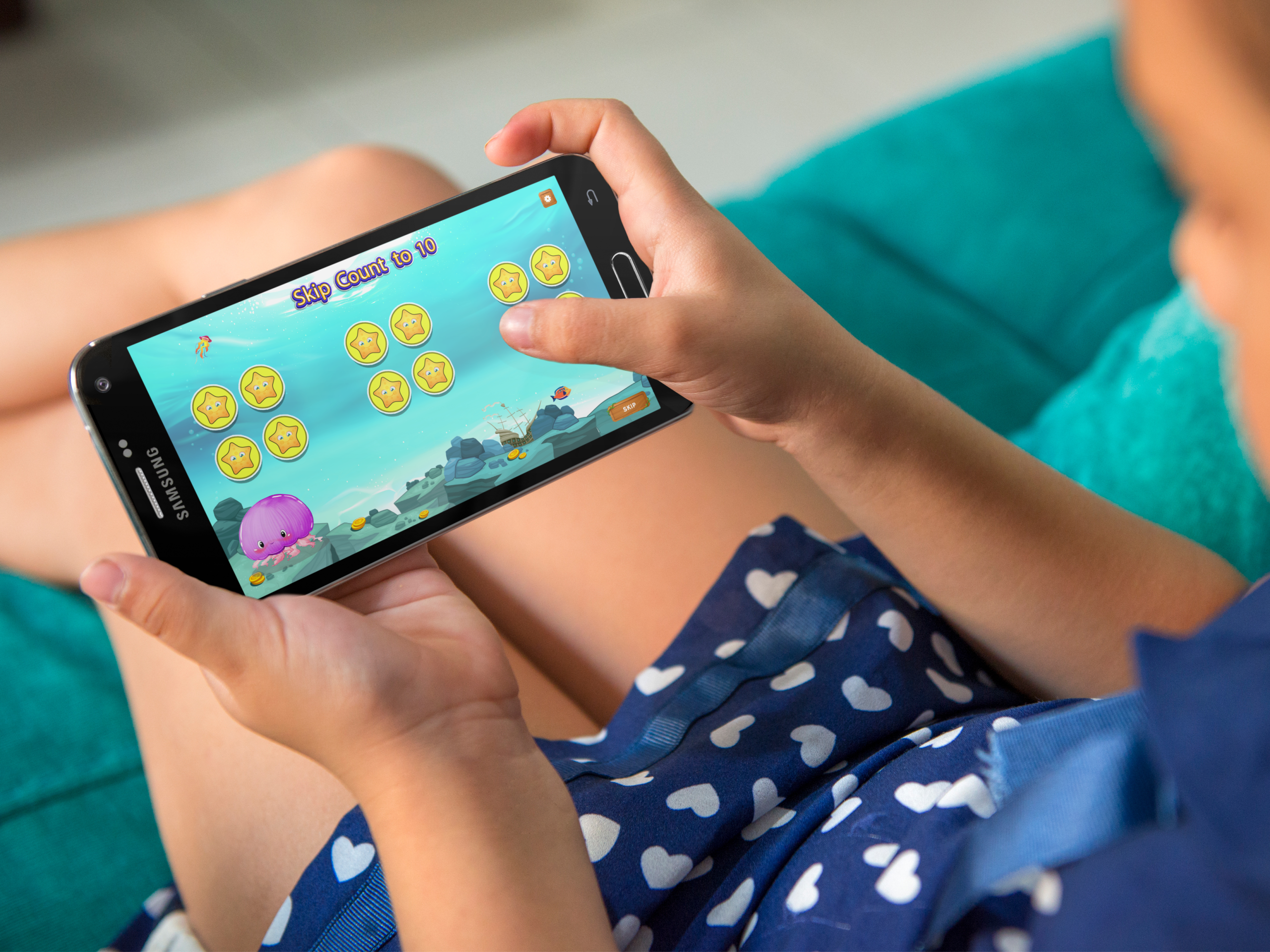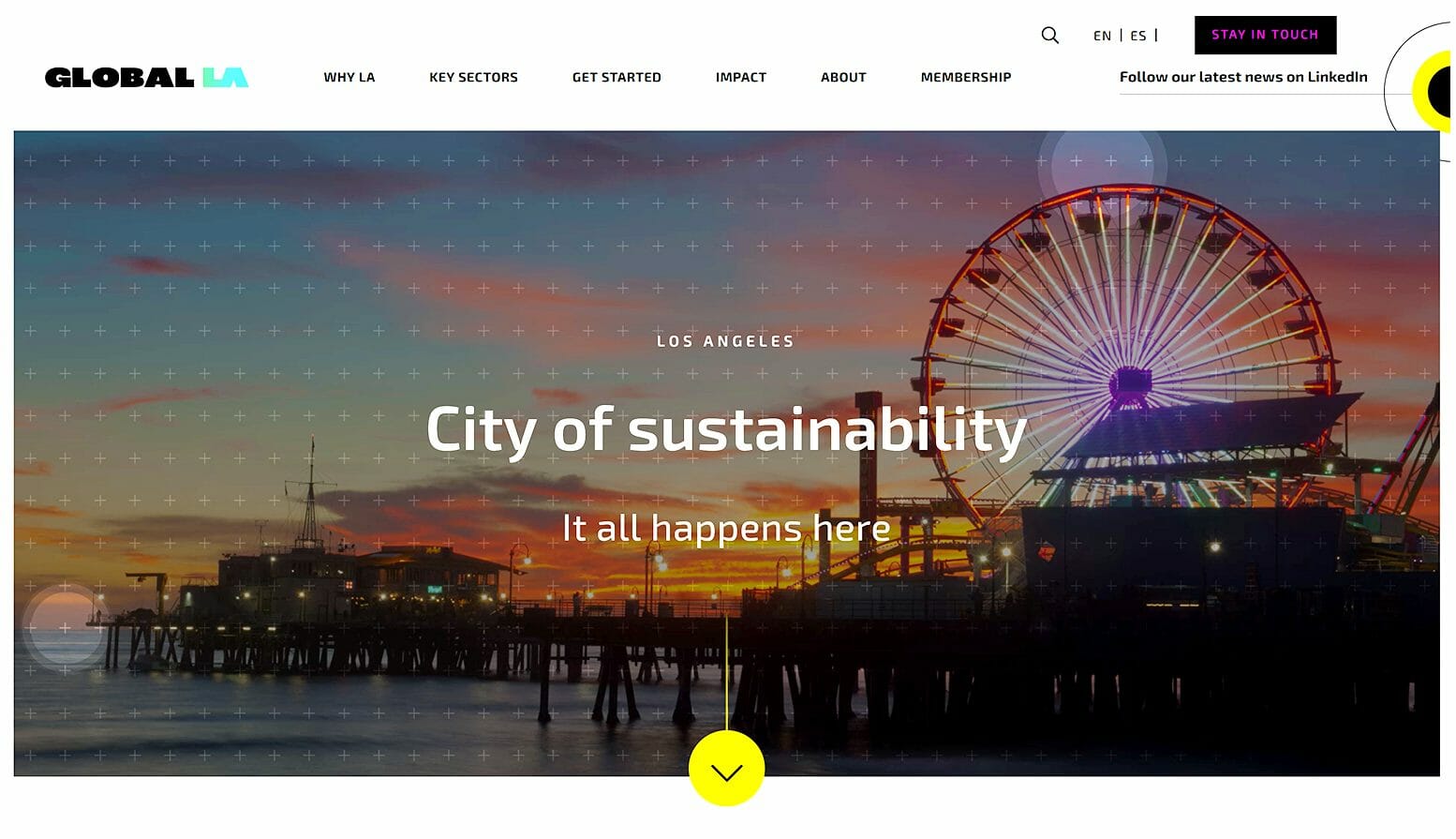23 Jun ‘21
7 Mobile App Design Tips For Beginners
23 Jun ‘21
In: Mobile App Design & Development, / By: Ripe Admin
According to a recent survey, more than half of Americans report spending five to six hours on their phone daily. And 22% of Americans report spending three to four hours on their phone daily. That’s a lot of time! So, if you don’t already have a killer mobile app for your business, you’re missing out on a big opportunity. New to mobile app design?
That’s okay!
This guide will walk you through a few important tips when designing your mobile app.
1. Color, Font, Size
When it comes to app development, there are plenty of bells and whistles you can use to stand out. But if your app doesn’t have an attractive, readable font, the rest doesn’t matter. So, start with the basics – color, font, and size.
Choose color and font based on your audience and what you’re selling them. For example, if you’re selling pool toys to parents with young kids you might choose a big, bold, brightly colored font. But if you’re selling spa services to couples you might choose muted, subtle colors and font.
Above all, your mobile app should be designed for readability. Use just the right amount of text along with icons, pictures, and infographics where appropriate.
Don’t overlook the basics when it comes to mobile app design tips. Focus on a font design that appeals to your audience and doesn’t detract from the content. If you have a call to action button such as “buy now” or “download for free”, be sure that color and font stand out.
2. Plan for Multiple Devices
Your mobile app needs to be set up for both iPhones and Androids. The layout should work for a tablet or a laptop. Any possible mobile device should be accounted for in your digital marketing plan.
Your app layout can be optimized for every possible screen. Try to test the app from as many devices as possible. If you’re struggling to design an app that looks great across platforms, consider seeking help from a design and marketing team. Overall usability can make or break the success of a mobile app.
3. Define the Purpose
When a person visits your mobile app they should be able to tell right away what the purpose is. What are you selling? What are sharing? What problem are you solving? Make it clear.
If you want to build a brand you need your audience to know who you are and what you do – even if the concept is complicated. Create a succinct description and feature it prominently on the app. You can also use graphics if you feel that it better explains the concept or adds to the text explanation.
4. Be Mindful of Battery Life
An app that drains cellphone battery is a well-known pet peeve of mobile phone users. You can manage how much battery life your app takes by adjusting the content loading settings.
Every app has a specific loading capacity. Thorough testing of the app on mobile devices will also let you know if your app is draining too much battery.
5. Use Recognizable Icons
Internet users are all familiar with certain icons. We know how to use the forward and back arrows and we know that three horizontal lines usually indicates a menu page.
Think about what other common icons people are used to seeing on mobile apps. Which of those could be used effectively for your site. Icons might include:
- Home button
- Shopping cart
- Magnify glass (search button)
- Down arrow (for more information)
Commonly used icons can save space on a mobile app and increases usability for visitors. Use icons as needed but don’t flood the app with too many because that can detract from the user experience.
6. Test It and Then Test It Again
You can read all the tips on how to design a mobile app but if your app doesn’t work, your effort won’t pay off. This is why testing every single page of your app is so important. Create a quality check for each element of your app and test it on different devices.
You can also recruit coworkers, friends, or a focus group to test the app. Getting feedback from people who are new to the app and interface can give you valuable information. And don’t be afraid to test different versions of the app. Making changes, testing, and making more changes are all part of the process.
Even after launching your app, you might find opportunities to improve the user experience. Luckily, one of the benefits of mobile app development is that you can always be making improvements.
7. When in Doubt, Keep It Simple
It’s easy to get distracted by all the possible features you could add to your mobile app. But if you’re a beginner, keep it simple. Put the most important information at the top of the page and make it easy to read. Be clear about your product or service and how the visitor can buy it.
You can make app design easier by limiting the number of pages on your app. It’s okay to start with just a few pages and grow the app as you get more comfortable with digital marketing and app design. Make sure everything on your app has a purpose and don’t add “fluff” – it doesn’t add value to the app or offer anything to the customer.
Professional Mobile App Design
Ready to build a great mobile app? Great!
Not feeling confident that you can leverage the strategies above, that’s okay too! At Ripe, we work with individuals just like you that want to build a great mobile app or a website.
Using our experience in digital marketing and mobile app design we can help you increase leads, boost conversation rates, and increase sales. When you’re ready to give it a try, contact us! Tell us about your project and we’ll tell you how we can help.
















